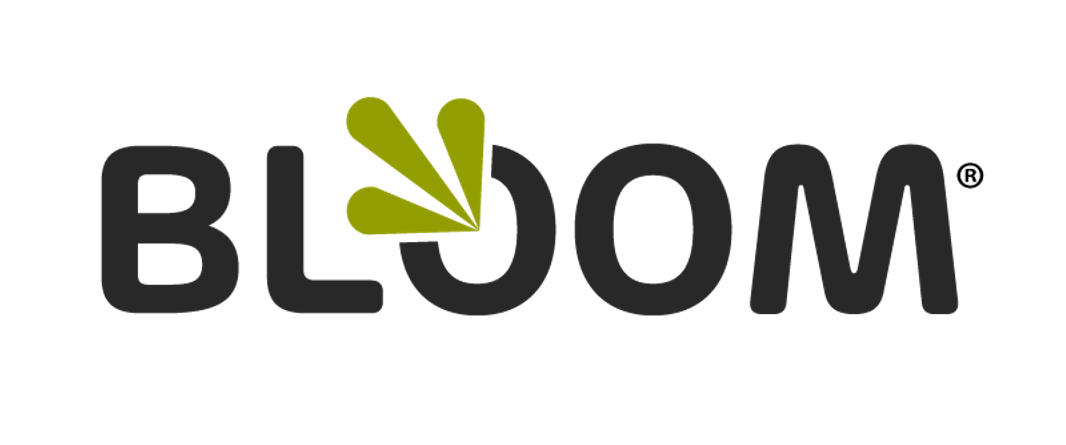The Role of Talent Pooling in Succession Planning
Not All Positions Warrant Talent Pooling
Talent pooling enables you to establish a clear profile and clear expectations so that you can explore possible candidates for key positions, future positions, and positions that are often replicated in the organization.
When you’re keeping a shortlist of candidates, it’s worth the time and effort only for key positions—those that play a pivotal role in your organization’s management and strategy. It’s also important to keep in mind that the talent pool will be relatively small—and that the candidates may come from inside or outside your organization.
Five Tips for Talent Pooling
Keep an eye out. The best time to find talent is now—not when an opening is imminent or already open. When you meet someone with strong potential for fitting into your organization, engage them and keep in touch.
Align business objectives with roles. We’ve been saying it all along, and we’ll say it again: strategically aligning your organizational goals with employee expectations is the best way to ensure success. Use assessment tools to profile candidates and help assure their talents meet the needs of the organization.
Put your best foot forward. Even when you’re not actively recruiting, your interactions and presence online, in print, and in the community matter. Make sure that your website and other marketing materials sell your organization not just to your prospective and existing customers, but to prospective (and existing) employees, too.
Involve the whole organization. Explain the talent pooling philosophy to the organization and give your top performers the opportunity to recommend people they know who might be a fit. This is a great way to keep your culture intact.
Understand the progression of career paths for all key roles. The best way to anticipate the timing which candidates will be needed is to understand how employees are progressing through various career paths within the organization that connect roles as stepping stone opportunities within the organization. As long as people understand the expectations to develop and grow, there are always opportunities to shift people around in related roles and introduce new people to the organization.
